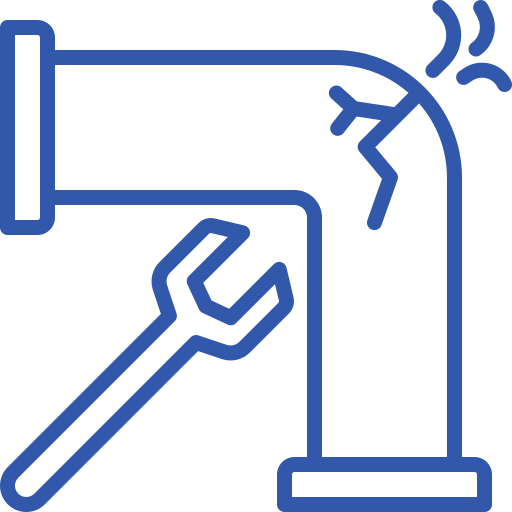IRRIGATION SERVICES


Hydroponic Grow System Planning
A large-scale, hydroponic grow system can help you achieve economies of scale in your controlled environment agriculture (CEA) business, but careful planning is critical to ensure success.
Our in-house industry experts take a holistic approach to planning your commercial hydroponic grow systems to fully optimize your horticulture or produce greenhouse, or cannabis indoor grow water processes on a large scale.
Learn more about how to plan your Commercial Hydroponic Grow System.

Design and Drafting
Generating detailed technical drawings enables cultivators to have a comprehensive and clear visual representation of the overall water system. Design and drafting Process Flow Diagrams (PFDs) and Plumbing and Instrumentation Diagrams (P&IDs) that outline the pipelines, valves, pumps, filtration systems, and other components. Additionally, they illustrate the layout of the system, the direction of water flow, and the positioning of various elements such as tanks, reservoirs, or water treatment equipment.
These design and drafting plans are created to augment water management planning with the intention of being easily understood by engineers, contractors, and operators. By having a well-defined plan, it becomes simpler to estimate costs, prevent installation mistakes, diagnose issues, and optimize the entire water system.

Water System Installation
The water system installation process complements our design and drafting service and involves determining the optimal positioning of the system’s components and verifying that they are installed correctly for optimum performance. This minimizes the need for subsequent repairs or replacements and ensures that the system delivers a dependable source of clean water for an extended period.

Water System Maintenance
Servicing water systems includes installation, routine inspections, and maintenance checks to identify potential problems and fix them before they become major issues. This includes examining the pipes, valves, pumps, and other components of the water system to ensure that they are functioning correctly. Regular servicing of water systems also helps to extend their lifespan, reducing the need for costly repairs or replacements. By maintaining the water system’s components, they can last longer, ensuring that the system remains functional for years to come.

Testing and Commissioning
To ensure that the water system meets a grower’s requirements and conforms to the design specifications, it is necessary to carry out testing and commissioning. This involves a thorough evaluation of the water system’s various components, operation, and overall performance. The verification process encompasses an assessment of the quality of materials used, the system layout, and the installation of individual components such as pipes, valves, and pumps. Additionally, it entails examining the effectiveness of the water treatment processes, monitoring for harmful contaminants like bacteria, and ensuring compliance with all relevant regulatory requirements.

Water Testing and Analysis
Samples are collected and analyzed to determine the presence and concentration of different contaminants, such as bacteria, heavy metals, and other pollutants. The test results are then examined to identify the source of contamination and devise strategies to enhance the quality of water supplied to your crop. Water system testing and analysis can be performed in conjunction with water system maintenance to keep your systems running at peak performance.
